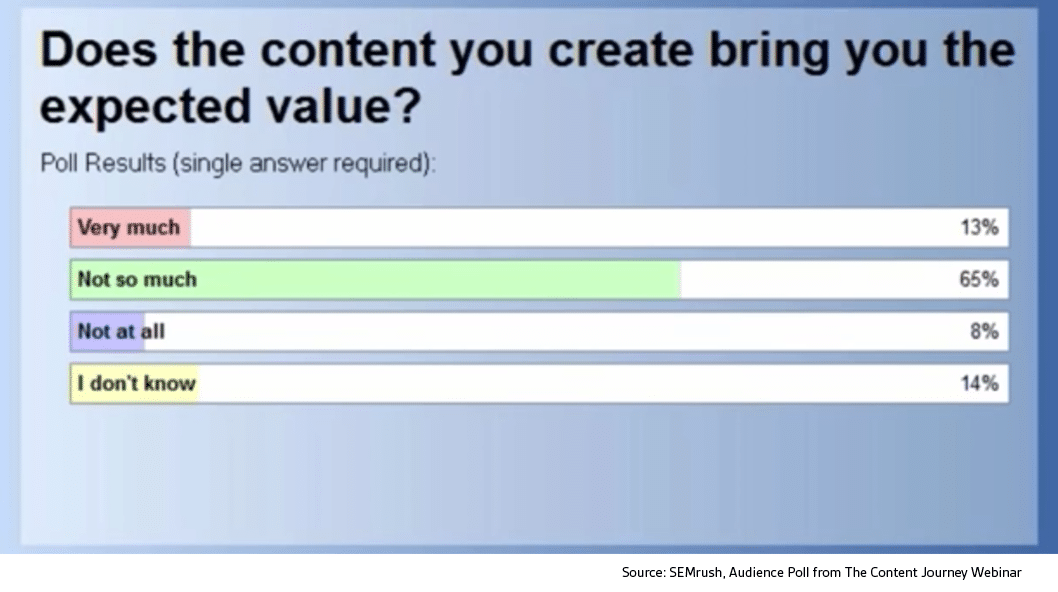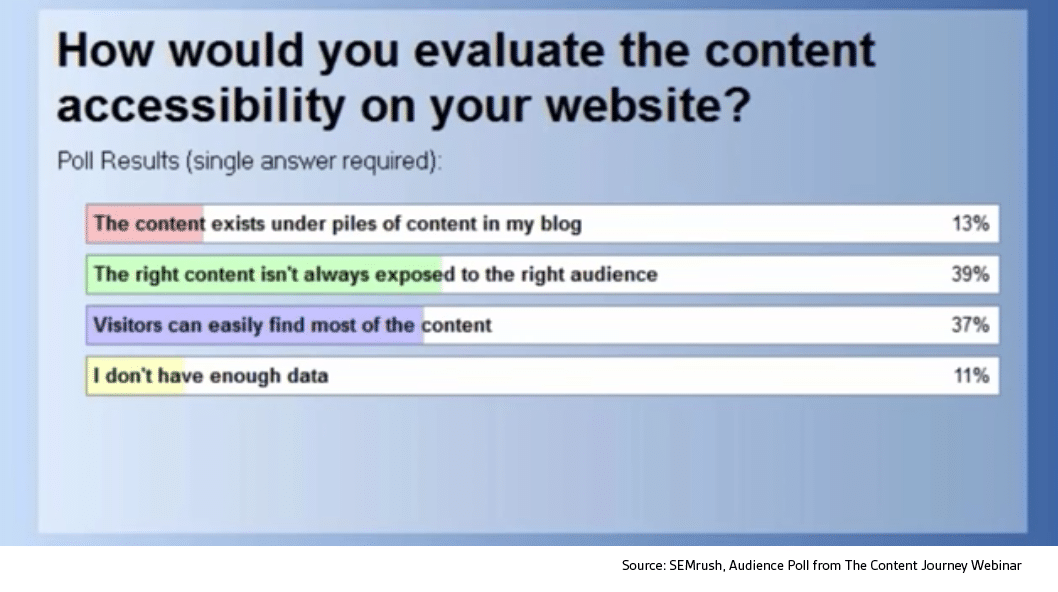Making the Most of Every Piece of Content
Ever wonder how to make the most of every piece of content your marketing team creates for your company? You’re not alone.
That’s exactly the question the Content Journey seeks to address in its webinar entitled, “How to Make the Most of Every Piece of Content You Create”. You’ve probably noticed by now that our team at Sigstr talks a LOT about leveraging your content across marketing channels. Why? Because 81 percent of marketers invest in content marketing, making it the top marketing investment of 2016. Content is an incredibly important topic for marketers in today’s digital world, so our team wants to ensure your content is put to use in the most effective and measurable ways possible.
We really enjoyed listening to the Content Journey’s webinar about making the most of every piece of content, so we wanted to share just a few of the highlights we learned, and add a few thoughts of our own. In the below recap, we’ll highlight the discussion on the complete content journey with two industry experts: Boaz Grinvald, Founder and CEO of BrightInfo and Daniel Kushner, Co-Founder and CEO of Oktopost. Want to learn more about what Boaz and Daniel have to say? Check out the entire webinar to watch and learn for yourself! Let’s dig into our highlights:
Ready to Make the Most of Every Piece of Content?
Content Strategy – What should you be writing about?
The most important key to consider when creating new content is ensuring the proper amount of thought and consideration goes into the planning process. No matter how brilliant you think your idea is, write it down noting the main topic points on a piece of paper and walk away from it. Consider what the content will look like and determine whether or not it matches your strategy. Will it help you move the needle? Will it help you create more conversions? Start by asking these questions:
- Who is your target audience?
- Why are you writing?
- What are you trying to achieve?
- Where is it going to be published?
- What are the keywords and terms you need to write about?
If you’re going to make the effort to write the content, ensure you maximize the future benefit by using the tools above to make sure the content hits the mark. Here’s some feedback we saw from the attendees:
Content Creation – How do you write killer content?
First of all, create an outline before you start writing. What are the questions that you want to address throughout the post? Make a skeleton outline that incorporates all of the points you want the post to achieve. The goal for your post is to be concise and to the point without going on and on about irrelevant topics. In short, get to the point.
Next, personalize your content to the audience in mind. It’s unlikely that every individual or persona involved in your company’s sales process can be addressed in a single post. Some may be more geared towards decision-makers, financial buyers, end users and etc. Write with the end audience in mind to make sure you hit the mark with your post. Consider creating a variety of different pieces of content to address the various personas involved in the buying process.
Last, when writing, provide context and examples throughout your piece and always back up statistics with data and relevant examples. It’s also tempting to include as many keywords as possible for SEO and organic search purposes, but avoid forcing keywords and terms where it doesn’t make sense – your readers will catch on (and so will Google’s site crawlers, docking points for user-experience in their search algorithm).
Balanced Blogging – Where should you write and to whom?
Your blog is an asset to your marketing and sales funnel. The main purpose of a blog for many companies is to be discovered by your ideal audience for the first time. If your readers get to know and like you, they may visit your website, and if they’re the right audience for your company’s product or service, then maybe you begin doing business with them. The blog is important because it’s where you typically share content for the first time.
Be careful not to create content that’s all about your product and why your audience should work with you – it may actually turn them off from your company. An ideal mix includes more content types – not just the type that is self promotional, but rather what’s important for your customers, such as: industry trends, professional development and so on. Keep in mind that your audience isn’t single-minded and they want to learn about a variety of topics.
Distribution – How do you get readers to actually read your content?
Distributing your content is perhaps the most important part of a content strategy. You need to ensure what you create is activated through the channels your audience will see. Otherwise, why spend the time and resources to produce great content if it won’t be found by your target audience?
Below are a few examples of distribution channels to consider for your external audience:
- Organic Channels, including:
- Email to Subscribers
- Employee Email Signatures
- RSS Feeds
- Social Media Posting
- 3rd Party & Forums
- Employee Advocacy
- PPC
Thanks again to Boaz and Daniel for a great webinar topic on content marketing! They showed us how to create, in their words, “well-written, well-reasoned and well-distributed blog posts that can prove to be valuable and increase traffic, engagement and conversion.”
If you’re in need of a solution for your personal email signature or company-wide email signatures, Sigstr can help. Learn more by scheduling a demo.


